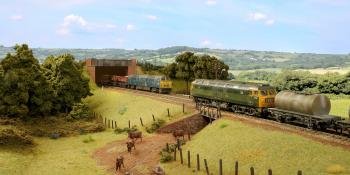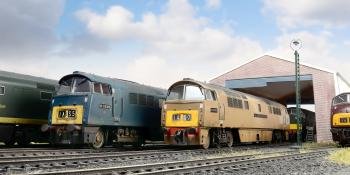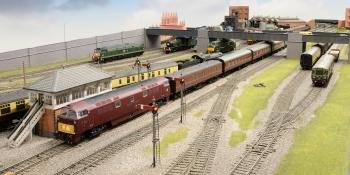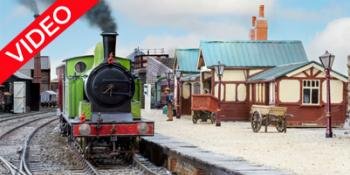One of the shortest-lived initiatives of British Railways’ 1955 Modernisation Plan was the use of diesel-hydraulic traction on the Western Region. EVAN GREEN-HUGHES takes a look at the demise of these famous locomotives, and explains why they had such brief lives.
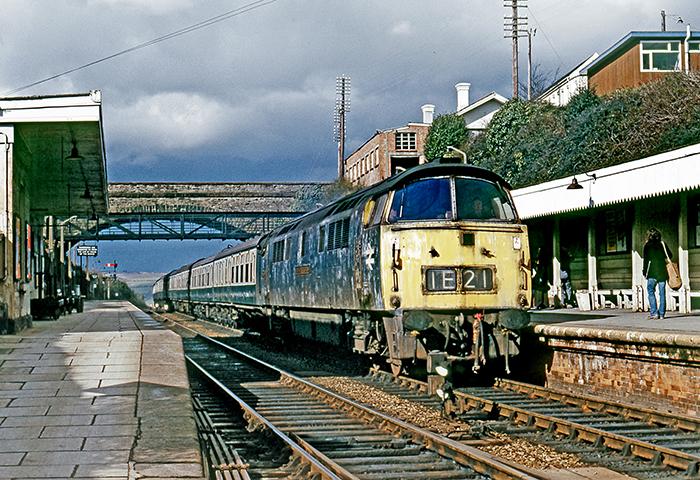
Above: Towards the end of their careers the ‘Westerns’ became quite unkempt on the outside while those which had been withdrawn were used as a source of parts to keep the remaining engines active. In March 1974 1029 Western Hussar arrives at Liskeard with 1E21 – the 10.21 Penzance-Leeds. John Vaughan/Railphotoprints.uk.
AT FIRST GLANCE, it is difficult to understand the thinking behind British Railways’ first attempt to modernise its postwar locomotive fleet. A considerable number of different types of diesels were ordered from many different manufacturers, most of completely unproven design, with no attempt to standardise or even to assess what each type was expected to do. However, it has to be understood that at that time there was little experience of diesel traction in this country with only a handful of mainline types having by then been built. The London Midland & Scottish Railway and the Southern Railway had embarked on the construction of a small number…
